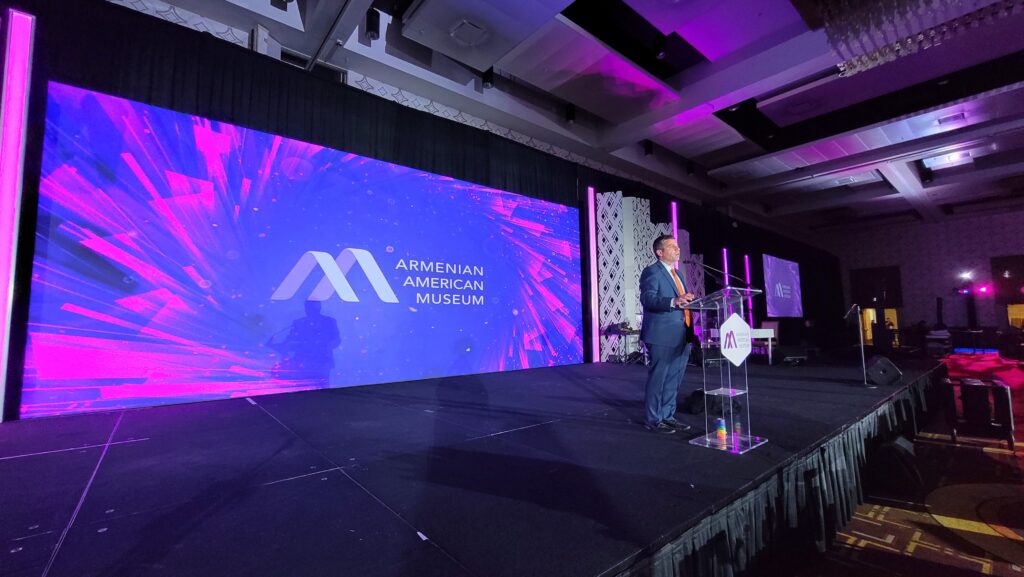Investigating the Crucial Elements That Influence Hue Consistency in Light Emitting Diode Panel Panels for Ideal Visual Performance
Hue uniformity in LED wall screens is crucial for achieving maximum optical performance. light-emitting diode wall screens are commonly used in various environments, including musical events, conferences, and advertising displays. When the hues on these screens are consistent, they create a more engaging and immersive encounter for audiences. Several critical factors influence color uniformity, including the quality of the LED components, tuning procedures, and surrounding conditions.The quality of the LED components plays a major role in hue uniformity. Various types of LEDs emit light at different wavelengths, which can influence the total hue result. Premium LEDs are designed to produce a more uniform light spectrum, leading in improved hue precision. Additionally, the production process of these LEDs can impact their performance. Panels made with superior materials and techniques tend to have less hue differences, guaranteeing that the displayed images and footage look lively and faithful to reality.

Tuning is another essential factor in preserving color consistency in light-emitting diode wall screens. Calibration involves modifying the settings of the panel to make certain that the hues displayed match the desired appearance. This process can include adjusting luminosity, contrast, and color equilibrium. Frequent calibration is necessary, especially in settings where lighting factors vary frequently. By calibrating the screens, specialists can correct any discrepancies in hue result, resulting to a more uniform viewing encounter.
Surrounding conditions also influence hue consistency in LED wall panels. Elements such as surrounding light, heat, address and humidity can influence how hues are seen. For example, bright surrounding light can wash out colors, making them appear more lively. Similarly, harsh temperatures can affect the performance of the light-emitting diodes, resulting to hue shifts. To mitigate these problems, it is crucial to place LED wall panels in controlled environments where illumination and heat can be controlled effectively.
Finally, the design and arrangement of the light-emitting diode wall screens can impact color consistency. The arrangement of the screens, as well as the distance from which they are viewed, can create variations in hue recognition. When screens are arranged too far apart or at different angles, viewers may detect discrepancies in hue. To obtain the optimal optical output, it is crucial to consider the placement and alignment of the panels during setup. By tackling these elements, operators can guarantee that their LED wall panels deliver a consistent and high-quality visual encounter.